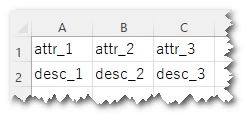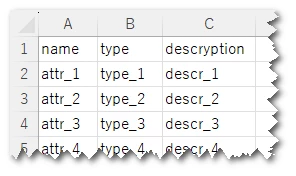Hello everyone,
I am using an XML template like the one below to generate fields dynamically in FME Workbench:
<field> <name>cod_imovel</name>
<description>{fme:get-attribute("cod_imovel")}</description>
</field>
<field>
<name>tema</name>
<description>{fme:get-attribute("tema")}</description>
</field>
<field>
<name>dat_atuali</name>
<description>{fme:get-attribute("dat_atuali")}</description>
</field>
My question is: if a new attribute appears in my source data (for example, atrr_1), is FME able to automatically add a corresponding field like this in the template:
<field> <name>atrr_1</name>
<description>{fme:get-attribute("atrr_1")}</description>
</field>
Or do I need to manually edit the template each time a new attribute is added?








